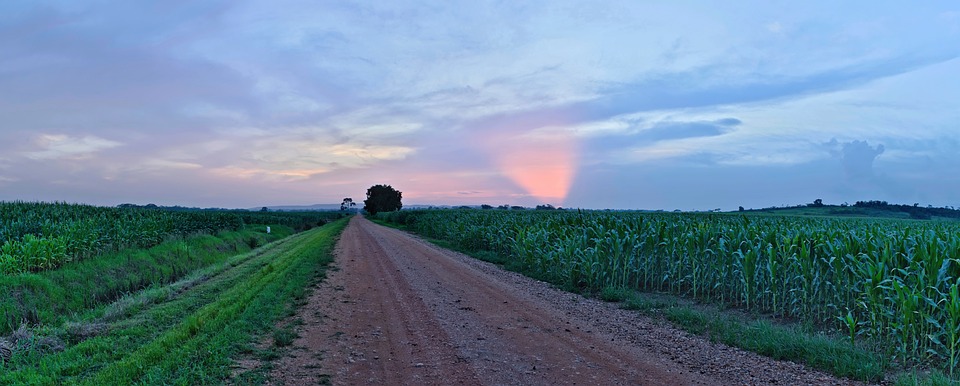Introduction
Salamanca, a historical city located in the autonomous community of Castile and Leon in central Spain, is a true gem when it comes to architectural beauty. Known for its rich history, Salamanca boasts an impressive collection of stunning buildings and monuments that showcase various architectural styles. From Gothic to Renaissance, Baroque to Plateresque, the city is a haven for architecture enthusiasts and history buffs alike. Let’s dive into the architectural wonders awaiting exploration in Salamanca.
The Plaza Mayor
The Plaza Mayor of Salamanca is undoubtedly one of the most remarkable squares in Spain. Built during the 18th century in the Baroque style, this square is a prime example of architectural splendor. The grand façade of the square features intricate carvings, decorative balconies, and a beautiful clock on one side. The plaza served as a social and cultural hub throughout history and continues to be a lively gathering place for locals and tourists.
The University of Salamanca
Founded in 1218, the University of Salamanca is the oldest university in Spain and one of the oldest in Europe. Its architectural ensemble represents various periods, starting with the late Gothic style of the facade and the Plateresque style of the interior courtyard. The Plateresque style, characterized by ornate decorative details, is prevalent in many buildings throughout Salamanca and adds to the city’s architectural charm.
The Old Cathedral
Another architectural marvel in Salamanca is the Old Cathedral, also known as the Catedral Vieja. Constructed between the 12th and 14th centuries, this cathedral showcases Romanesque and Gothic styles. Its impressive main façade illustrates scenes from the Last Judgment and is adorned with delicate stone carvings. Inside, visitors can explore the stunning altar, the choir stalls, and the Puerta del Obispo, a magnificent example of Gothic architecture.
The New Cathedral
Adjacent to the Old Cathedral stands the New Cathedral, or the Catedral Nueva. It was built in the 16th century and is a splendid example of late Gothic and Renaissance architecture. The interior boasts intricate vaulted ceilings, beautiful stained glass windows, and an impressive altarpiece. Climbing up the medieval towers offers breathtaking panoramic views of Salamanca, allowing visitors to appreciate the city’s architectural beauty from above.
House of Shells
The Casa de las Conchas, or House of Shells, is a unique example of Gothic and Plateresque architecture. This stunning building, covered in more than 300 shells, served as a residence and later became a public library. The exterior façade is embellished with intricate stone carvings, including the famous shells that give the house its name. Today, it serves as a venue for cultural events and remains a favorite spot for tourists to admire and photograph.
Pontifical University
The Pontifical University of Salamanca, founded in 1218, is one of the most prestigious educational institutions in Spain. The university complex showcases diverse architectural styles, from the Plateresque façade of the main building to the Baroque embellishments found in various sections. Its library, with its vast collection of ancient books and manuscripts, is a particular highlight for visitors interested in both architecture and literature.
FAQs
1. How do I get to Salamanca?
Salamanca can be reached by train or bus from major cities in Spain. The nearest airport is Madrid-Barajas Adolfo Suárez Airport, and from there, you can take a train or bus to Salamanca.
2. Are there guided tours available for exploring the architectural treasures of Salamanca?
Yes, Salamanca offers a variety of guided tours that cover the city’s architectural highlights. These tours provide valuable insights into the history and significance of each monument.
3. Can I visit the interior of the architectural landmarks mentioned?
Yes, most of the architectural landmarks mentioned in this article offer guided tours of their interiors, allowing visitors to fully appreciate their beauty and historical value.
4. Are there any other notable architectural attractions in Salamanca?
Apart from the mentioned landmarks, Salamanca also houses the Convento de San Esteban, the Casa Lis (Art Nouveau and Art Deco Museum), and the Roman Bridge, among others. Each of these places offers unique architectural features worth exploring.
5. When is the best time to visit Salamanca?
Salamanca can be visited year-round, but the best time to explore its architectural beauty is during spring and autumn when the weather is pleasant, and the city is less crowded.

